Childhood Vaccines – Kiddivax

Contents
- POLIOMYELITIS – ‘POLIO’
- VARICELLA – ‘CHICKENPOX’
- PERTUSSIS – ‘WHOOPING COUGH’
- TUBERCULOSIS – ‘TB’
- DIPHTHERIA
- TETANUS – ‘LOCKJAW’
- ROTAVIRUS
- MUMPS
- HEPATITIS A
- HEPATITIS B
- RUBELLA – ‘GERMAN MEASLES’
- MEASLES
- INFLUENZA – ‘FLU’
- MENINGOCOCCAL MENINGITIS
- HUMAN PAPILLOMAVIRUS – ‘HPV’
- HAEMOPHILUS INFLUENZAE TYPE B – ‘HIB’
- PNEUMOCOCCAL DISEASE
POLIOMYELITIS – ‘POLIO’

How it spreads2,4
The virus spreads from human faeces through improperly washed hands onto objects, food and water that come into contact with the mouth
Signs and Symptoms2
- Asymptomatic
- Low grade fever
- Sore throat
- Stiffness of the neck, back and/or legs
- Severe muscle aches
Complications2,4
- Paralysis
- Aseptic meningitis (infection and inflammation of the brain and spinal cord)
- Can lead to death
VARICELLA - ‘CHICKENPOX’

How it spreads6,7
- Touching
- Breathing in the virus particles from chickenpox blisters
- Tiny droplets from air
Signs and Symptoms9
- Itchy, fluid-filled blisters all over body
- Fever
- Tiredness
- Loss of appetite
- Headache
Complications7
- Infection of the lungs11
- Infection and inflammation of the brain and spinal cord4
- Bleeding problems
- Infection of the blood12
- Dehydration
Time between exposure to the virus and the development of signs and symptoms: 10 – 21 days
PERTUSSIS - ‘WHOOPING COUGH’
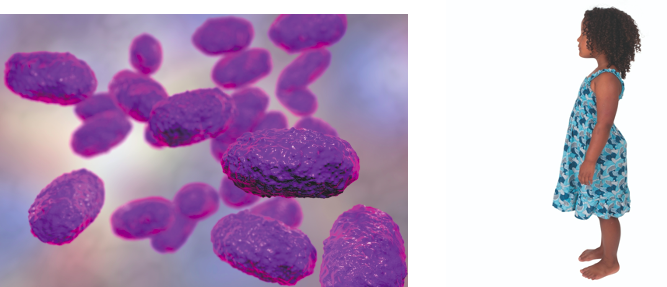
How it spreads14
Only spread from person to person, through sneezing or coughing
Signs and Symptoms15
- Slowed or stopped breathing (skin may turn blue)16,17
- Coughing fits followed by a high-pitched “whoop”
- Vomiting after coughing18
- Many rapid coughs19
Complications20
Babies and Children:11 Infection of the lungs, slowed or stopped breathing, violent and uncontrolled shaking, brain disease11,16
Teens and Adults:11Weight loss, loss of bladder control
Time between exposure to the bacteria and the development of signs and symptoms:8 5 – 10 days15
TUBERCULOSIS – ‘TB’
Bacterial infection caused by Mycobacterium tuberculosis21

How it spreads22
TB of the lungs: through the air (e.g. speaking or coughing). Can be infectious
Signs and Symptoms23
- Cough
- Reduced playfulness, weakness or lethargy, failure to thrive
- Weight loss
- Fever and/or night sweats
Complications23,24,25
Can spread through the whole body, which can lead to other organs being infected,but mostly the lungs (70% – 80%)
DIPHTHERIA
Bacterial infection; caused by Corynebacterium diphtheriae; can cause a thick whitish covering at the back of the throat26

How it spreads26
Spreads via respiratory droplets through coughing or sneezing
Signs and Symptoms28
- Weakness
- Sore throat
- Fever
- Swollen glands in the neck
Complications29
- Blocking of the airway
- Damage to the heart muscle
- Nerve damage
- Paralysis
- Kidney failure
- Can lead to death
Time between exposure to the bacteria and the development of signs and symptoms:8 2 – 5 days27
TETANUS – ‘LOCKJAW’

How it spreads31
Bacteria are found in soil, dust and manure and enter the body through cuts or puncture wounds
Signs and Symptoms30,32
- Headache
- Jaw cramping
- Muscle spasms – often in the stomach
- Muscle stiffness/pain
- Trouble swallowing
- Seizures (jerking or staring)
- Fever and sweating
- High Blood Pressure
- Fast heart rate
Complications32
- Uncontrolled/involuntary tightening of the vocal cords
- Broken bones
- Infection of the lungs
- Breathing difficulty
- Can lead to death
Time between exposure to the bacteria and the development of signs and symptoms:8 3 – 21 days31
ROTAVIRUS
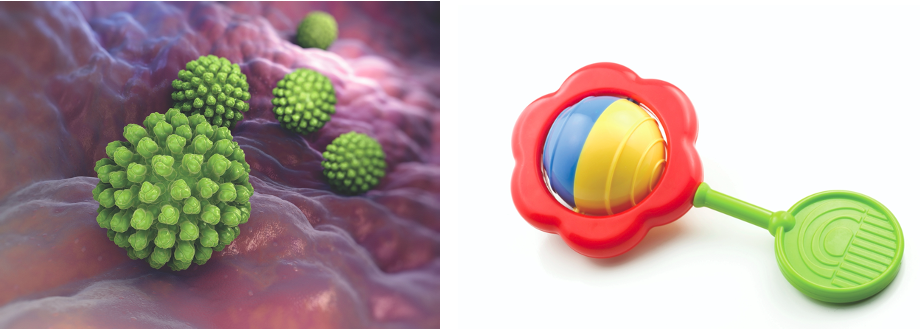
How it spreads34-36
Children can spread it before and after they have diarrhoea
The virus spreads from human faeces through improperly washed hands onto objects, food and water that come into contact with the mouth2,3
Signs and Symptoms36
- Severe watery diarrhoea
- vomiting
- fever
- abdominal pain
- loss of appetite
- dehydration
Signs of dehydration: decrease in urine; dry mouth and throat; dizziness when standing up. A child may cry, with few or no tears, be unusually fussy or sleepy
Complications37
- Severe diarrhoea
- Dehydration
- Kidney and liver abnormalities
Time between exposure to the virus and the development of signs and symptoms:8 2 days36
MUMPS

How it spreads39
Infection spreads through saliva or mucus from the mouth, nose or throat. Can spread through:
- coughing
- sneezing
- sharing eating utensils or items with infected person
Signs and Symptoms40
- Fever
- Headache
- Muscle aches
- Tiredness
- Loss of appetite
- Swollen and tender salivary glands
Complications41
- Infection and inflammation of the brain and spinal cord4
- Inflammation of the ovaries and/or inflammation of the breast tissue
- Deafness
Time between exposure to the virus and the development of signs and symptoms:8 12 – 25 days40
HEPATITIS A
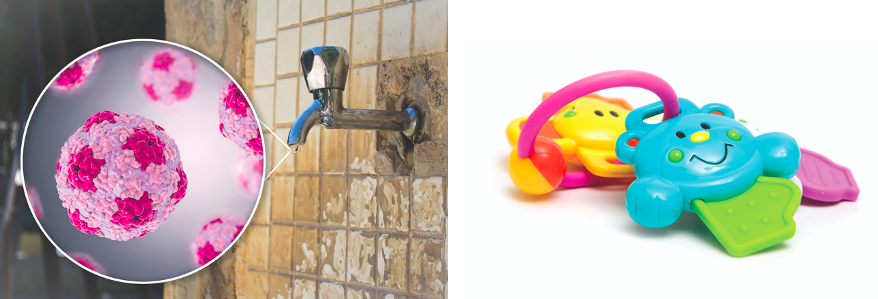
How it spreads43
The virus spreads from human faeces through improperly washed hands onto objects, food and water that come into contact with the mouth2,3 and/or through contaminated food or water33
Signs and Symptoms42,43
- Fever
- fatigue
- loss of appetite
- nausea
- vomiting
- abdominal pain
- dark urine
- clay-coloured stools
- joint pain
- jaundice (yellowing of the skin and eyes)44
Complications43
In rare cases, can cause:
- Liver failure
- Death.
Time between exposure to the virus and the development of signs and symptoms:8a pg 1 15 – 50 days43b
HEPATITIS B

How it spreads45
- Transmitted from person to person through body fluids
- From infected mother to baby during birth
- Through blood, blood products or contaminated materials
Signs and Symptoms45
- Fever
- fatigue
- loss of appetite
- nausea
- vomiting
- abdominal pain
- dark urine
- clay-coloured stools
- joint pain
- jaundice (yellowing of the skin and eyes)44
Complications45
- Permanent liver damage
- Cancer of the liver
Time between exposure to the virus and the development of signs and symptoms:8 An average of 90 days45
RUBELLA – ‘GERMAN MEASLES’

How it spreads47
Coughing or sneezing
Signs and Symptoms48
- Low grade fever
- Headache
- Mild pink eye
- General discomfort
- Swollen and enlarged lymph nodes
- Cough
- Runny nose
Complications49
- Brain infections
- Bleeding problems
- Serious birth defects can occur if a woman is infected during the first trimester of
pregnancy
Time between exposure to the virus and the development of signs and symptoms:8 12 – 23 days46
MEASLES

How it spreads50
Spreads by means of droplets or airborne (coughing, breathing or sneezing) from infected person. Remains infectious in the air for up to 2 hours after an infected person leaves the area
Signs and Symptoms50
- Fever
- General feeling of being ill
- Cough
- Rash spreading from the head to abdomen, to lower extremities
- Tiny white spots inside the mouth51
Complications40
- Brain damage
- Ear infections
- Seizures (jerking or staring)
- Infection of the lungs11
- May lead to death
Time between exposure to the virus and the development of signs and symptoms:8 14 days50
INFLUENZA – ‘FLU’
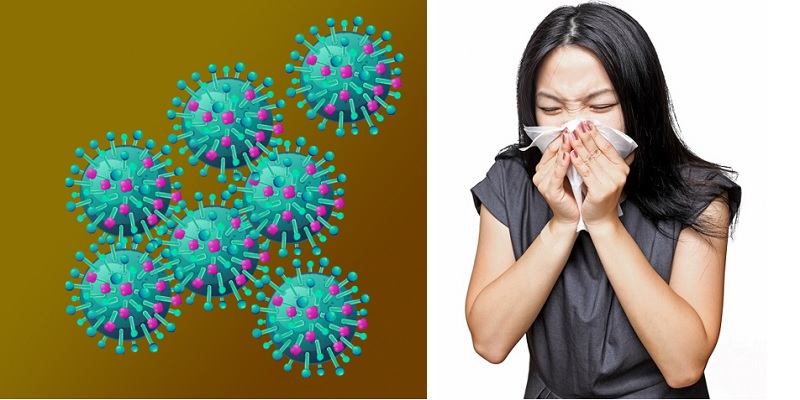
How it spreads53
- Coughing
- Sneezing
- Talking
Signs and Symptoms53
- Feeling feverish/chills
- cough
- runny or stuffy nose
- muscle or body aches
- headache
- tiredness
Common in children:
- Vomiting
- diarrhoea
Complications54
- Infection of the lungs11
- Inflammation of the heart
- Inflammation of the brain
- Ear infections
MENINGOCOCCAL MENINGITIS

How it spreads55
Spread through exchanging saliva during close contact (kissing or coughing), or lengthy contact like living in the same space (family or roommates)
Signs and Symptoms57
- Sudden onset of fever
- headache
- stiff neck
- nausea
- vomiting
- increased sensitivity to light
- altered mental status (confusion)
Newborns and infants:
May appear to be slow or inactive; irritable; vomiting; feeding poorly
Complications58,59
- Nervous system problems
- Seizures
- Brain damage
- Learning disabilities
- Amputation of limbs
- Hearing loss
Time between exposure to the bacteria and the development of signs and symptoms:8 3 – 4 days56
HUMAN PAPILLOMAVIRUS - ‘HPV’

How it spreads60
- Sexual contact
Signs and Symptoms61
No specific symptoms of disease62
Complications60,61
- Genital warts
- Cervical cancer
- Anal cancer
- Penile cancer
- Vaginal cancer
Time between exposure to the virus and the development of signs and symptoms:8 Variable61
HAEMOPHILUS INFLUENZAE TYPE B - ‘HIB’

How it spreads63
Passed through the area between the nose and throat
Signs and Symptoms63
- Infection and inflammation of the brain and spinal cord4
- Infection of the lungs11
- Swelling in the throat that can block airflow65
- Swollen, sore joints66
- Bacterial skin infection (red, painful swelling)67
Complications63
May lead to fatality despite antimicrobial administration
Time between exposure to the bacteria and the development of signs and symptoms:8 Variable63,64
PNEUMOCOCCAL DISEASE
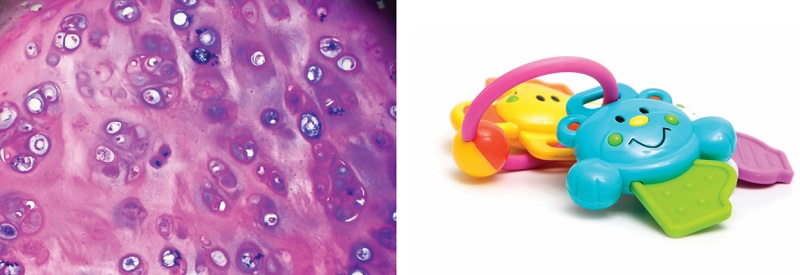
How it spreads69
Person to person through contact with bodily fluid/secretions (e.g. saliva and mucus)
Signs and Symptoms70
Infection of the lungs
Fast breathing; cough; chest pain; fever and chills
Infection and inflammation of the brain and spinal cord4
Stiff neck; headache; confusion; pain when looking into bright light. In babies, it may cause poor eating or drinking; low alertness and vomiting
Infection of the middle ear
Ear pain; red; swollen ear drums; fever; sleepiness
Complications70
- Infection and inflammation of the brain and spinal cord4
- Sinus and ear infections
- Infection of the lungs
- Infection of the blood

Related Brochures

vaccine-confidence
